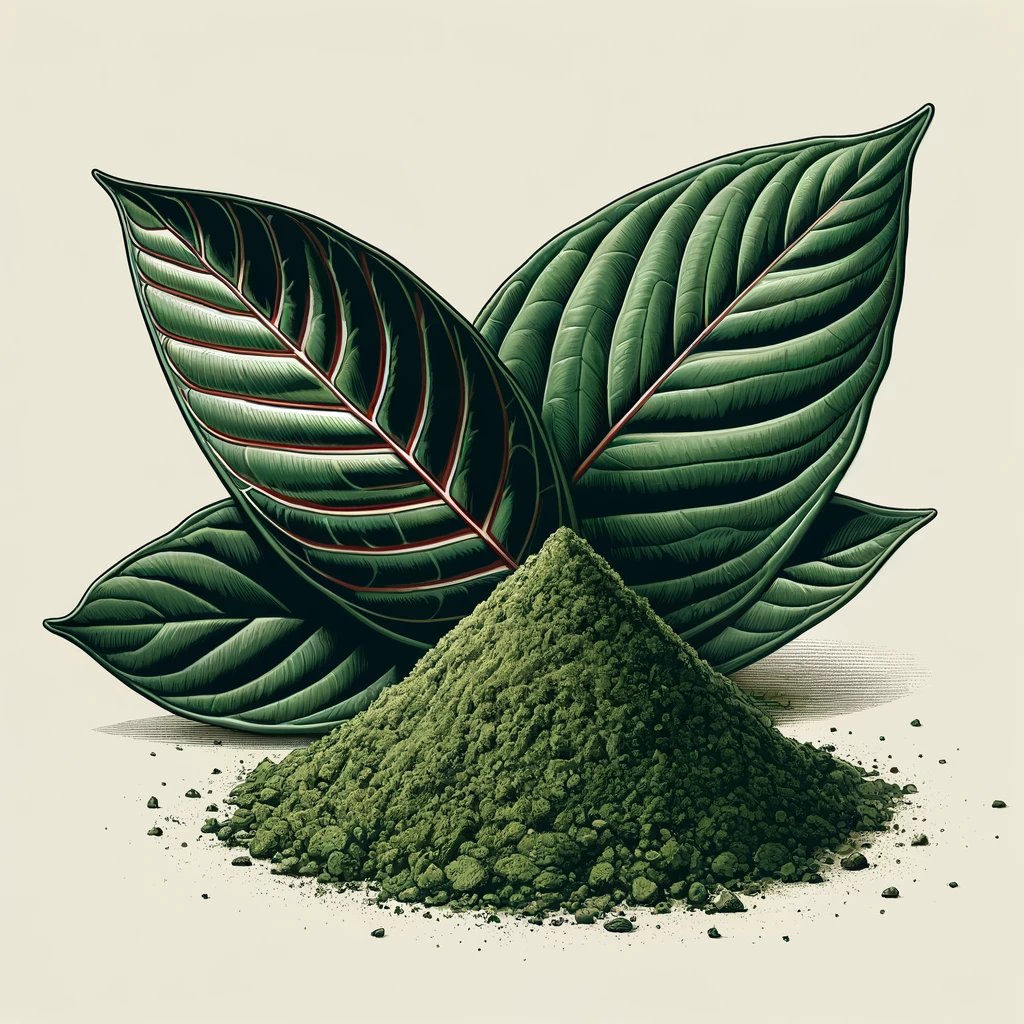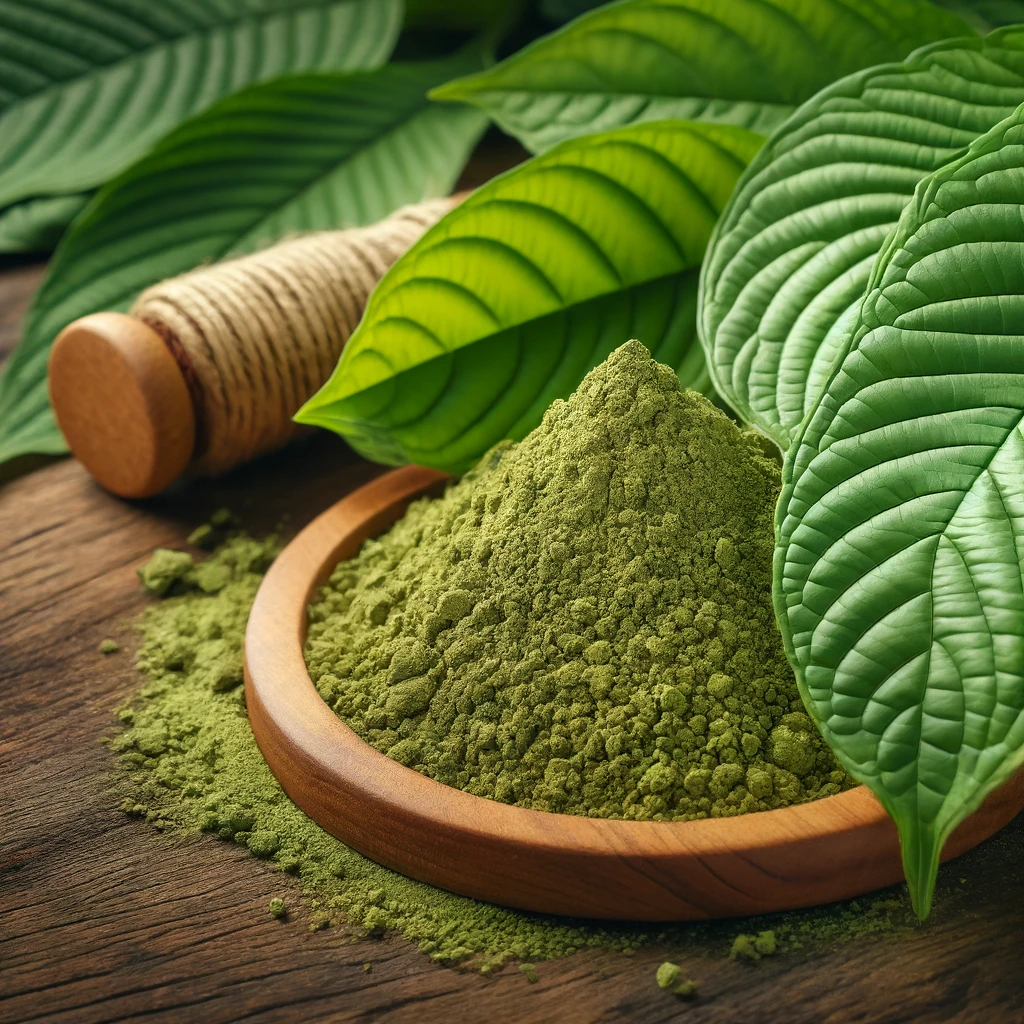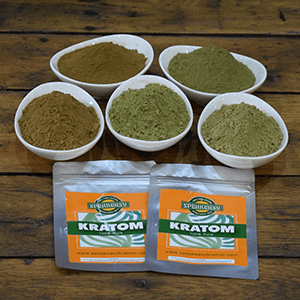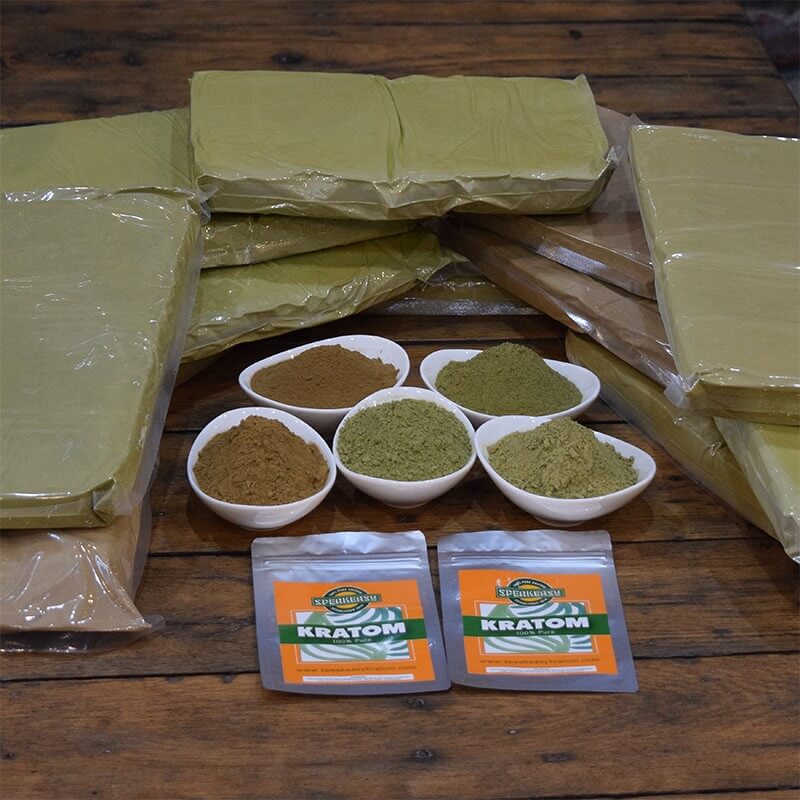Red Borneo Kratom is a unique strain of the Mitragyna speciosa tree, native to the island of Borneo. This tropical...

The Fascinating World of Kratom: Origins, Uses, and Controversies
Kratom, scientifically known as Mitragyna Speciosa, is a captivating botanical specimen with a rich history rooted in the Southeast Asian regions of Indochina and Malaysia. This tropical evergreen tree, a member of the coffee family, has fascinated researchers and enthusiasts alike for centuries. In this comprehensive guide, we will tackle the intriguing world of Kratom, exploring its origins, traditional uses, modern controversies, and the potential benefits and risks associated with its consumption.
The Roots of Kratom
Kratom's story through history begins in the 19th century when the Dutch colonial botanist Pieter Korthals first described it in 1839. However, it underwent several naming and classification revisions before George Darby Haviland ultimately solidified its moniker in 1859 as Mitragyna Speciosa. This botanical marvel is indigenous to a cluster of Southeast Asian countries, including Thailand, Indonesia, Malaysia, Myanmar, and Papua New Guinea.
Traditional Uses
For centuries, Kratom has played a pivotal role in the traditional cultures of Southeast Asia. The leaves of the Mitragyna Speciosa tree have been employed by indigenous communities for various purposes. Among its primary traditional uses are pain relief, energy enhancement, mood elevation, and as a tool for managing opium withdrawal symptoms. The leaves are often chewed, brewed into tea, or ground into a fine powder for consumption.
The Chemistry of Kratom
The allure of Kratom lies in its unique chemical composition. The tree's leaves are rich in alkaloids, with two of the most prominent ones being mitragynine and 7-hydroxy mitragynine. These alkaloids interact with the body's opioid receptors, providing pain relief and stimulating effects, akin to those of opioids. However, Kratom's mechanisms are more complex, as it exhibits varying effects at different dosage levels, from stimulating at lower doses to sedating at higher doses.
The Controversial Status of Kratom
Despite its traditional use and potential benefits, Kratom has faced a wave of controversy in recent years. Many countries, including the United States, have debated its legality and safety. The primary concerns revolve around potential addiction, abuse, and adverse health effects. Several cases of Kratom-related hospitalizations and deaths have ignited public and regulatory concern.
The Kratom Landscape
As with any substance, Kratom presents a nuanced landscape of potential benefits and risks. Advocates argue that it can provide a safer alternative to opioid painkillers, aid in overcoming opioid addiction, and offer relief from chronic pain and depression. However, opponents point to the potential for addiction, withdrawal symptoms, and adverse effects on liver and kidney function as reasons for caution.
The Science Behind Kratom
Scientific interest in Kratom has surged in recent years. Researchers are conducting studies to better understand its pharmacological properties, safety profile, and potential medical applications. Preliminary findings suggest that Kratom may hold promise as an analgesic and mood enhancer, but further research is needed to confirm these effects and establish safe usage guidelines.
Legal Status and Regulation
The legal status of Kratom varies widely from one country to another, and even within regions of the same country. Some nations have banned it outright, while others have implemented regulations to control its sale and use. In the United States, for example, Kratom is classified as a Schedule I controlled substance in several states, while it remains legal in others. This legal patchwork underscores the complexity of the Kratom debate.
Kratom - A Botanical Enigma
Kratom, or Mitragyna Speciosa, is a botanical enigma that has fascinated the world for centuries. Its traditional uses in Southeast Asian cultures highlight its potential benefits, but modern controversies and concerns about safety and regulation cast a shadow on its reputation. As research on Kratom continues to evolve, a better understanding of its properties and potential applications may emerge, shedding light on the true nature of this captivating botanical specimen.
While Kratom holds promise for various purposes, its consumption should always be approached with caution, and individuals should consult with healthcare professionals and adhere to relevant local laws and regulations. As the Kratom story unfolds, it serves as a reminder of the intricate relationship between nature, culture, science, and society in our ever-evolving world.

















Leave a comment